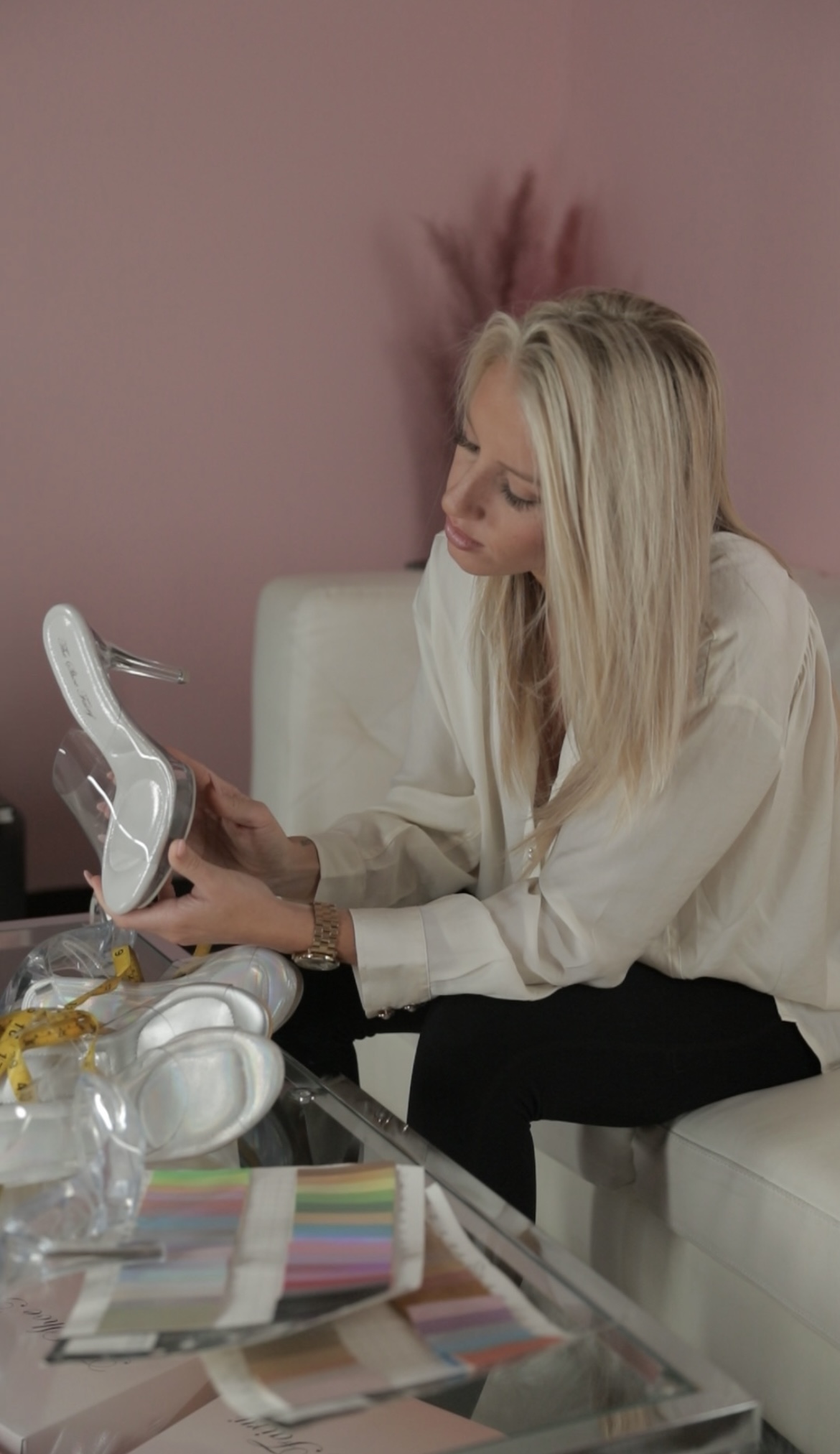So You Want to Create Your Own Product? Here's How to Start!
Original article can be found here.
“Why doesn’t [insert your idea here] exist? It would be a total hit!” an invention in our minds we’ve all had once or twice. But what about when you’re actually serious about creating it? Maybe it isn’t a new invention; maybe it’s simply recreating something that’s already out there; or maybe you just want to make something of your very own. A common thought process that typically stops there as a thought. As someone who loves to make thoughts become things, I am going to give you the initial framework to do just that.

Embarking on the journey of creating, designing, and manufacturing your own product is an exhilarating endeavor. It's a path filled with creativity, challenges, and ultimately, the fulfillment of seeing your vision come to life. As a footwear designer who started from humble beginnings in my parents' house, I understand the importance of guidance in navigating this exciting process. It made it that much easier when I decided to launch a line of bracelets as well. In this article, I'll share insights and tips on how to get started on your own path to product creation.
Find Your Passion and Unique Selling Point
Before diving into the intricate details of product creation, it's essential to identify your passion and unique selling point. What inspires you? What problem do you want to solve? For me, it was the desire to design heels that are both sexy and comfortable for women. Your passion will be the driving force behind your product, so take the time to explore and define it.
Research and Market Analysis
Once you've defined your passion, conduct thorough research and market analysis. Understand your target audience, their needs, preferences, and pain points. Study your competitors to identify gaps in the market that your product can fill. This research will serve as the foundation for your product design and marketing strategy.

Conceptualize and Design
With a clear understanding of your target audience and market, it's time to conceptualize and design your product. Let your creativity flow freely as you brainstorm ideas and sketch out designs. Don't be afraid to think outside the box and push boundaries. Consider factors such as functionality, aesthetics, and materials during the design process. Remember, your goal is to create a product that not only meets but exceeds the expectations of your customers.
Finding a manufacturer and prototyping
Once you've finalized your design, it's crucial to create prototypes and conduct rigorous testing. Prototyping allows you to evaluate the functionality, durability, and comfort of your product, but first, you need to find a manufacturer! In some circumstances, you can create a prototype or sample yourself. In other cases, you will need the manufacturer to. In every single situation where I needed to find a manufacturer, I always started on Google. It’s important to set up calls and video calls with prospective manufacturers to see if it will be a good match.
Please note: there is a big difference between working with a manufacturer and an agent. I actually prefer to work with agents who act as a middleman between myself and the factory. They usually have a team that can assist with all types of needs and problems as well as deal with multiple different factories.
Manufacturing and Production
After you have gone back and forth with perfecting your samples, it’s time to head into production. You will need to know your minimum order quantity and create a purchase order. Typically, a deposit is required to start production; 30% is standard. It’s important to establish strict guidelines as far as quality, packaging, and how you would like your product packaged. You can also choose to hire an outside company to go to the factory to perform a final quality inspection. Upon completion, you will typically owe the 70% balance before shipment.
Marketing and Launch
As your product nears completion, shift your focus towards marketing and launch strategies. Develop a compelling brand story and create engaging marketing materials to attract customers. Leverage social media, influencer partnerships, and other marketing channels to generate buzz and anticipation for your product launch. Host launch events or pop-up shops to showcase your product and connect with your audience on a personal level.
Learn, Adapt, and Grow
The journey of creating, designing, and manufacturing your own product is not without its challenges and setbacks. Embrace failures as learning opportunities and use them to iterate and improve your product and processes continuously. Stay adaptable and open to feedback, and be willing to pivot when necessary. Remember, success is not just about reaching your destination but also about the growth and evolution you experience along the way.
As one of my favorite sayings goes,
“Jump and Grow Wings on the Way Down!”



